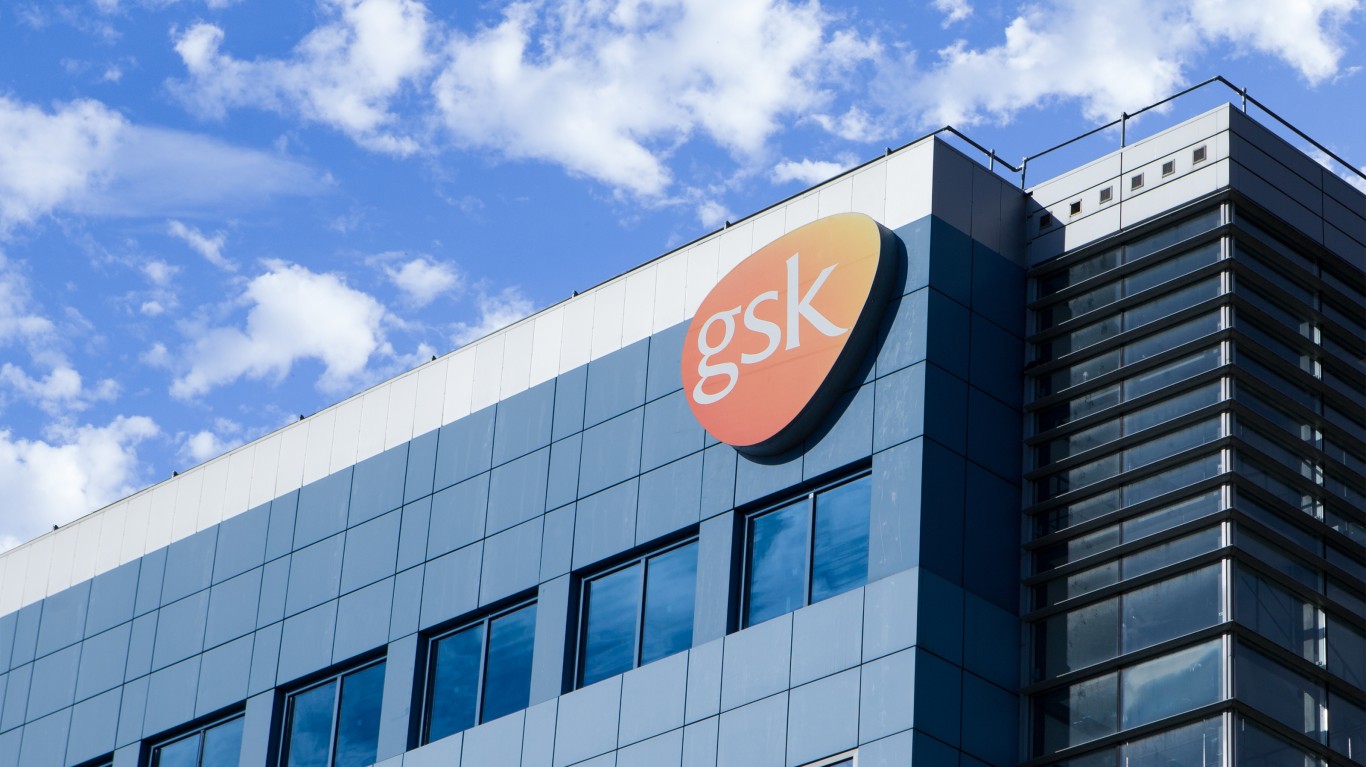
The surge in interest investors have displayed for companies delivering weight loss drugs has been impressive. Indeed, the growth various weight loss drugs have seen is notable, with GLP-1 agonists like Ozempic, Wegovy, and Zepbound seeing incredible demand. The revenue and profitability surges companies involved in this space have seen have led to multiple expansion among certain biotech companies the likes of which I haven’t seen in a very long time.
These GLP-1 agonists, which were initially prescribed for patients suffering from only obesity and diabetes, are now showing potential in treating conditions such as addiction, sleep apnea, and even some cancers. Accordingly, the total addressable market companies in this space can potentially pursue over time could grow considerably.
Early research on GLP-1 drugs shows promising cancer prevention benefits. Studies suggest these drugs may lower the risk of colon cancer, even in non-overweight individuals, and offer better cancer protection for diabetics compared to insulin. At a recent oncology conference, data revealed GLP-1 medications cut the risk of obesity-related cancers by 39%, compared to 22% for bariatric surgery. Originally developed for diabetes, GLP-1 agonists, now approved for weight loss as Saxenda, Wegovy, and Zepbound, continue to show significant potential.
So, the thesis around weight loss drugs is improving, and that’s saying something, given the recent growth these three biotech giants have seen. Here’s the bull case on why these stocks may be worth buying on dips moving forward.
Key Points About This Article:
- The growth investors have seen in top biotech companies providing weight loss drugs has been impressive.
- However, with a range of new potential applications for these drugs, a ballooning total addressable market could lead to even greater gains over the long-term.
- If you’re looking for some stocks with huge potential, make sure to grab a free copy of our brand-new “The Next NVIDIA” report. It features a software stock we’re confident has 10X potential.
Eli Lilly (LLY)

Eli Lilly (NYSE:LLY) investors have certainly benefited from the surge in investor capital toward weight loss drug providers, with its stock price soaring more than 17% over the past month alone. Now valued at around $850 billion in terms of its market capitalization, calls are growing for this biotech giant to join the $1 trillion club in short order.
There are certainly fundamental reasons for this increase. In Q2, Eli Lilly reported adjusted earnings of $3.92 per share on $11.3 billion in sales, driven by strong demand for its diabetes drug Mounjaro and weight-loss drug Zepbound. Mounjaro sales surged over 215% year-over-year, and combined, the two drugs exceeded sales expectations by $973 million. Consequently, Lilly raised its yearly forecast by $3 billion.
The resulting 86% earnings surge well exceeded analyst forecasts, and revenue also grew 36%, surpassing expectations. Those are monster numbers for a biotech company of Eli Lilly’s size. While Mounjaro and Zepbound outperformed, Trulicity and Jardiance underperformed due to competition and supply issues. Verzenio sales, however, exceeded forecasts, rising 28% to $1.33 billion. Lilly’s strong Q2 results align with investment strategies favoring companies with 20%-25% growth.
To top it off, Eli Lilly completed its $3.2 billion acquisition of Morphic Holding, strengthening its IBD portfolio. The deal, finalized in July 2024, supports Lilly’s treatment expansion, including Morphic’s oral integrin inhibitor MORF-057 for IBD. In October 2023, Lilly received FDA approval for Omvoh (mirikizumab) to treat moderate to severe ulcerative colitis in adults.
Novo Nordisk (NVO)

Novo Nordisk’s (NYSE:NVO) stock has strong investment appeal due to the success of Ozempic, a leading weight loss drug that’s among the most-prescribed in this space. High demand for its weight loss drug, and substantial investments in manufacturing and its pipeline, have led some investors to consider the reality that this top biotech giant could be undervalued at current levels.
Now, it’s true that Wegovy may face competition as new, safer therapies emerge. The comapny is actively developing its pipeline with three phase 3 programs, including CagriSema, which combines semaglutide with a new molecule, cagrilintide.
Novo Nordisk’s Q2 results showed a $2.93 billion profit, slightly below expectations. That said, Wegovy sales soared 55% year-over-year to $1.71 billion, prompting an increase in the 2024 revenue growth forecast to 22%-28%. Wegovy’s recent approvals in China and the EU for heart disease could further boost sales. Currently, Novo Nordisk remains confident in its production and long-term competitiveness, and investors agree, sending NVO stock 49% higher over the past year.
Novo Nordisk’s semaglutide products—Ozempic, Wegovy, and Rybelsus—are key to its success, treating type 2 diabetes and obesity while driving a 64% revenue increase to $35.5 billion over three years. The obesity drug market, projected to exceed $130 billion by 2030, presents a significant growth opportunity, even if it only reaches $100 billion. This market potential highlights a promising future for approved biopharma products, and Novo Nordisk is well-positioned to be a leader in this space long-term.
GSK PLC (GSK)

GSK PLC (NYSE:GSK), also known as Glaxo-Smith Kline, is a top biotech company focused on advancing promising treatments for various cancers. Like the other players on this list, GSK does have some weight loss drugs in its pipeline. But the focus among many investors is the company’s oncology portfolio, which is among the most profitable in this space and could continue to see strong growth as cancer rates continue to increase globally.
The European Medicines Agency has begun evaluating GSK’s application to expand Jemperli’s use to all adults with advanced or recurrent endometrial cancer, with approval expected in early 2025. The drug, previously approved only for some patients, faces similar FDA consideration in the U.S., with a decision anticipated next month. Endometrial cancer affects about 417,000 people globally and nearly 68,000 in the U.S. annually.
GSK focuses on vaccines and medicines for conditions like HIV, cancer, and respiratory diseases. Since CEO Emma Walmsley took over in 2017, the company has shifted its emphasis to vaccines and cancer therapies, moving away from HIV. GSK reported $9.1 billion in Q1 revenue, driven by respiratory vaccines and specialty HIV products. It plans to launch 12 new drugs by 2025, including successful new treatments like Arexvy and Ojjaara. The stock is currently trading at 9.2x forward earnings.
Moreover, GSK stock offers a 3.85% dividend yield, more than double the S&P 500 average. Thus, many pare projecting mid-single-digit growth in 2024 and 2025. For investors looking for a diversified way to play these longer-term growth trends in the biotech space, with some optionality with respect to weight loss drugs, this is a top pick in my books.
It’s Your Money, Your Future—Own It (sponsor)
Retirement can be daunting, but it doesn’t need to be.
Imagine having an expert in your corner to help you with your financial goals. Someone to help you determine if you’re ahead, behind, or right on track. With SmartAsset, that’s not just a dream—it’s reality. This free tool connects you with pre-screened financial advisors who work in your best interests. It’s quick, it’s easy, so take the leap today and start planning smarter!
Don’t waste another minute; get started right here and help your retirement dreams become a retirement reality.
Thank you for reading! Have some feedback for us?
Contact the 24/7 Wall St. editorial team.





